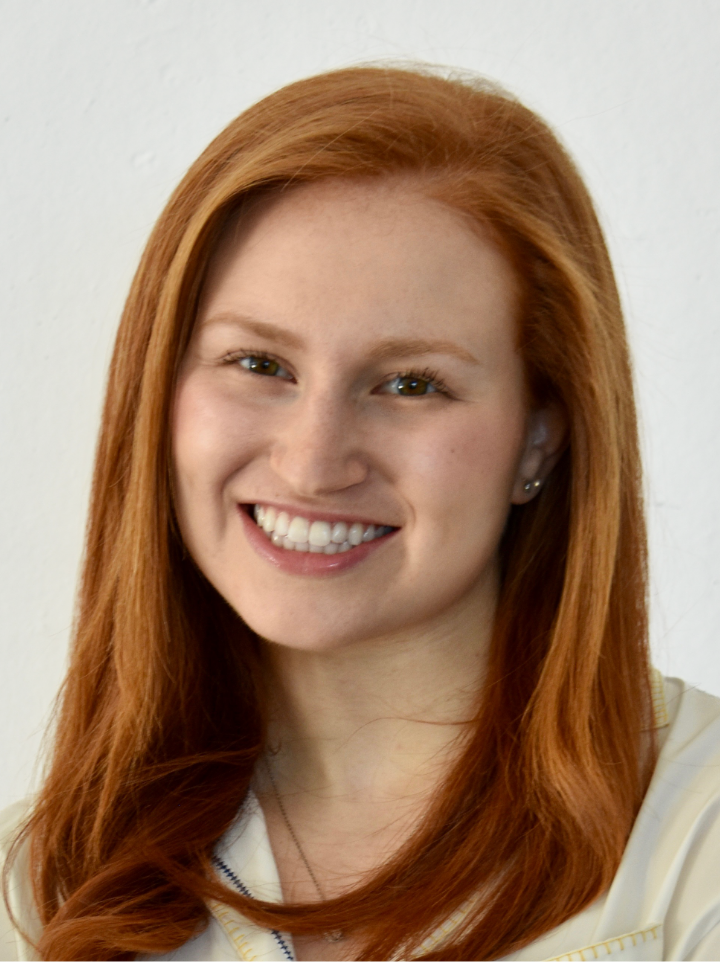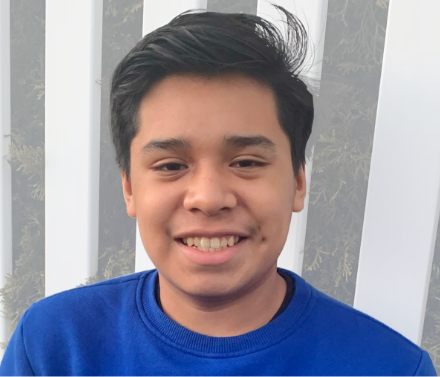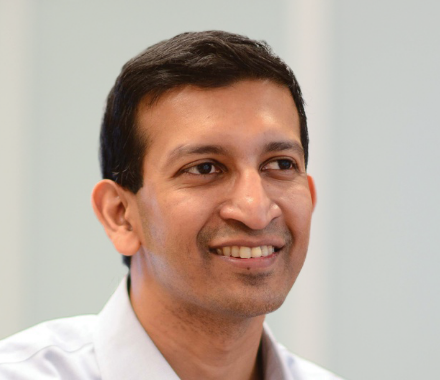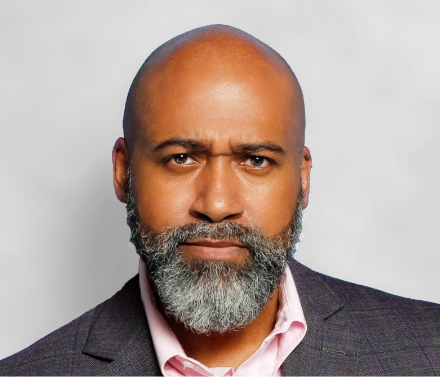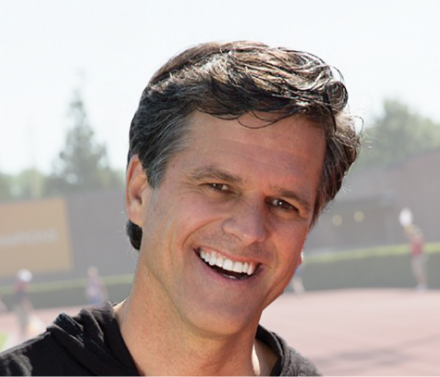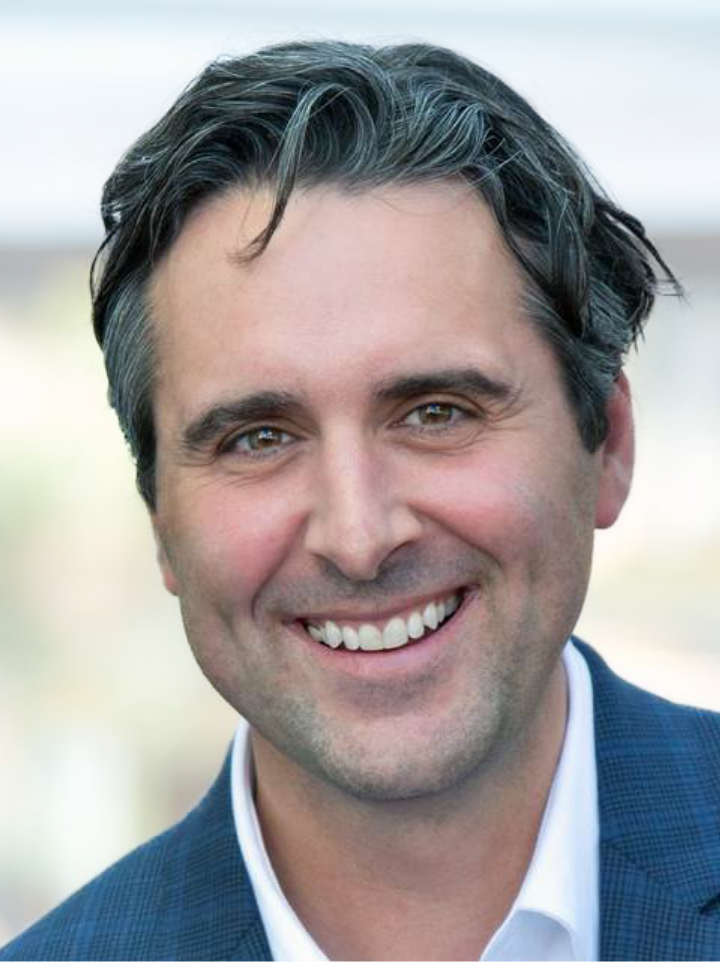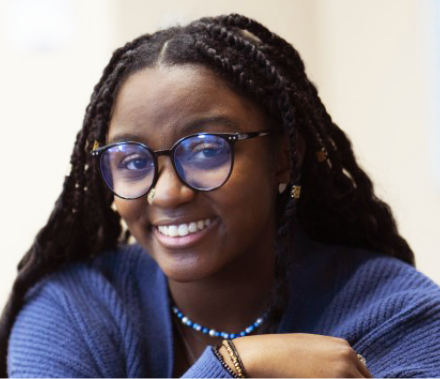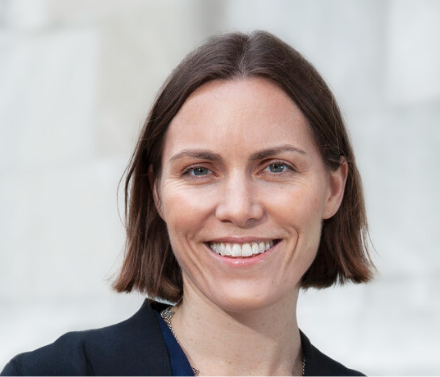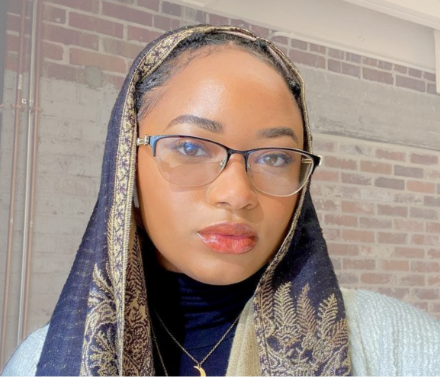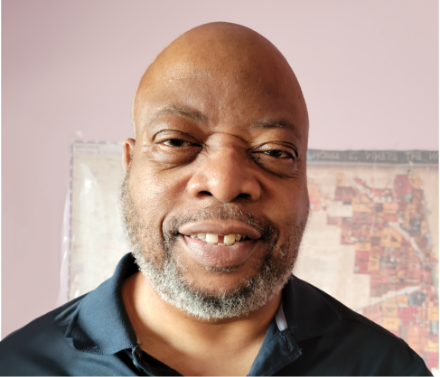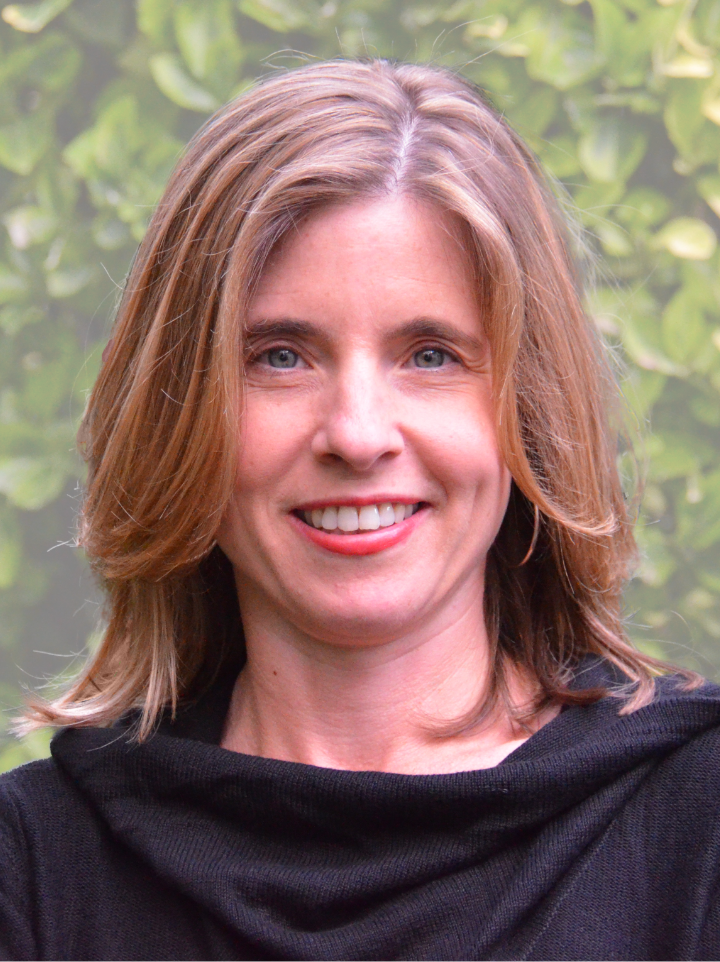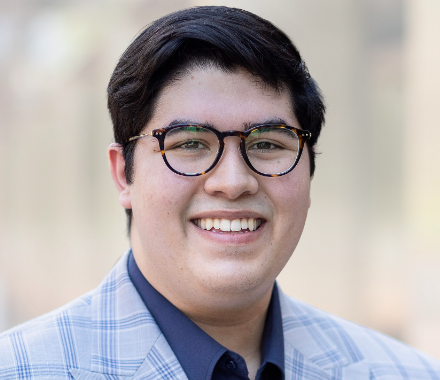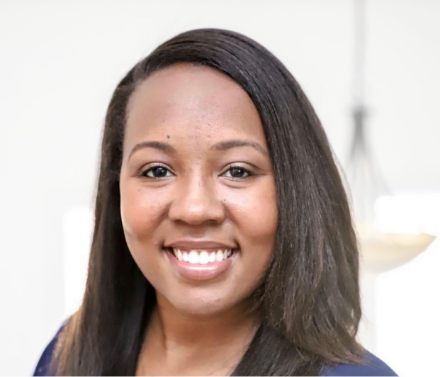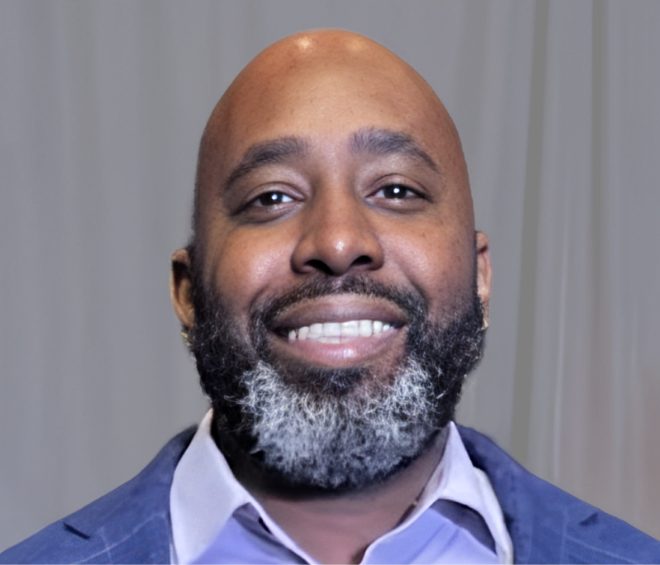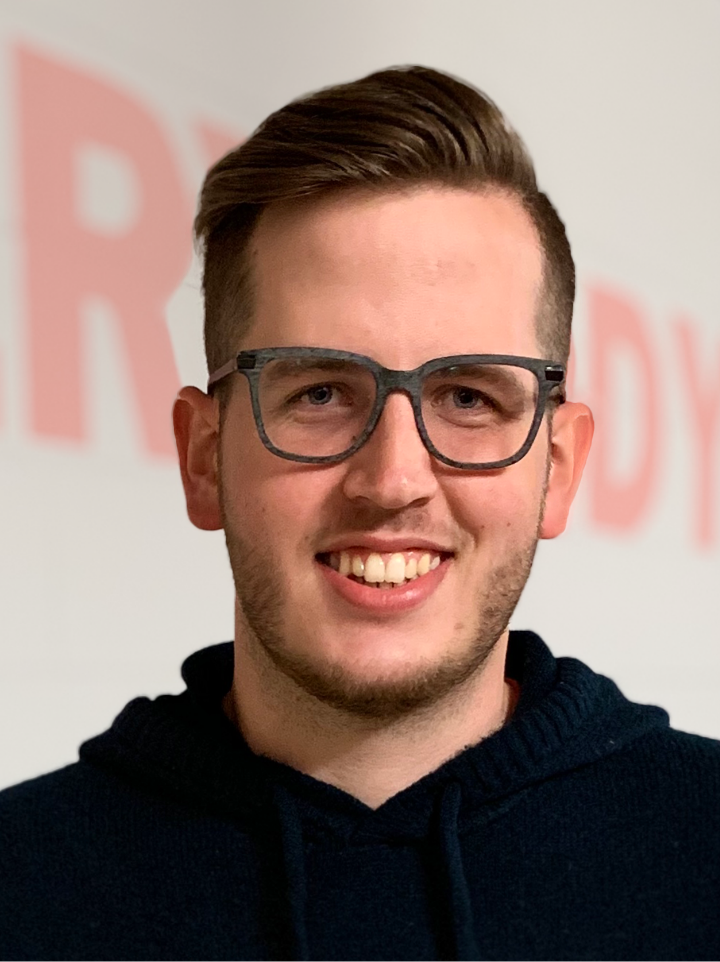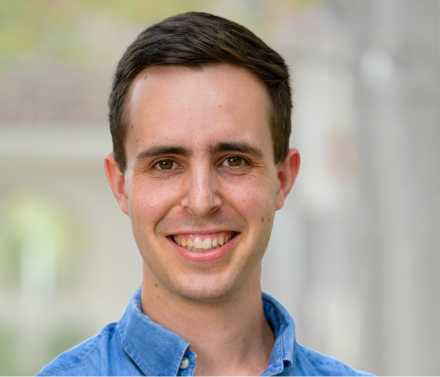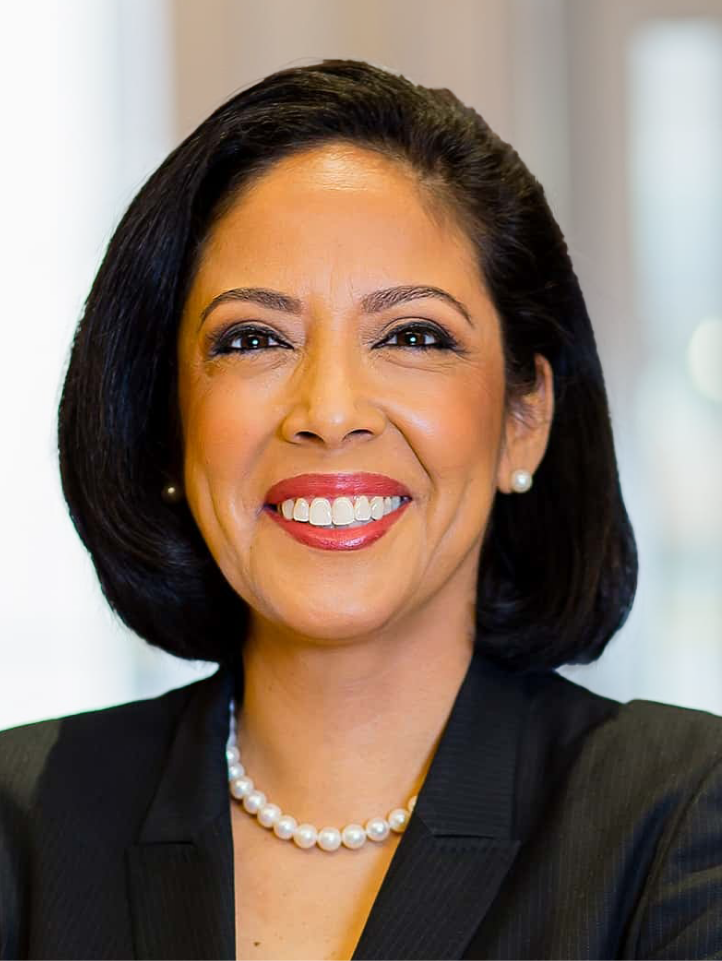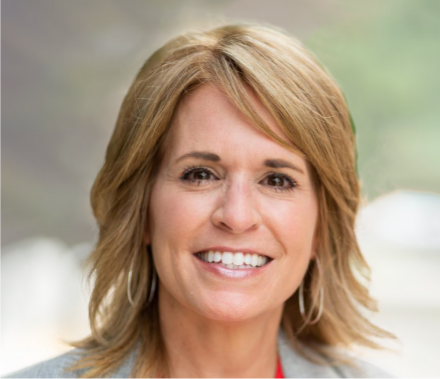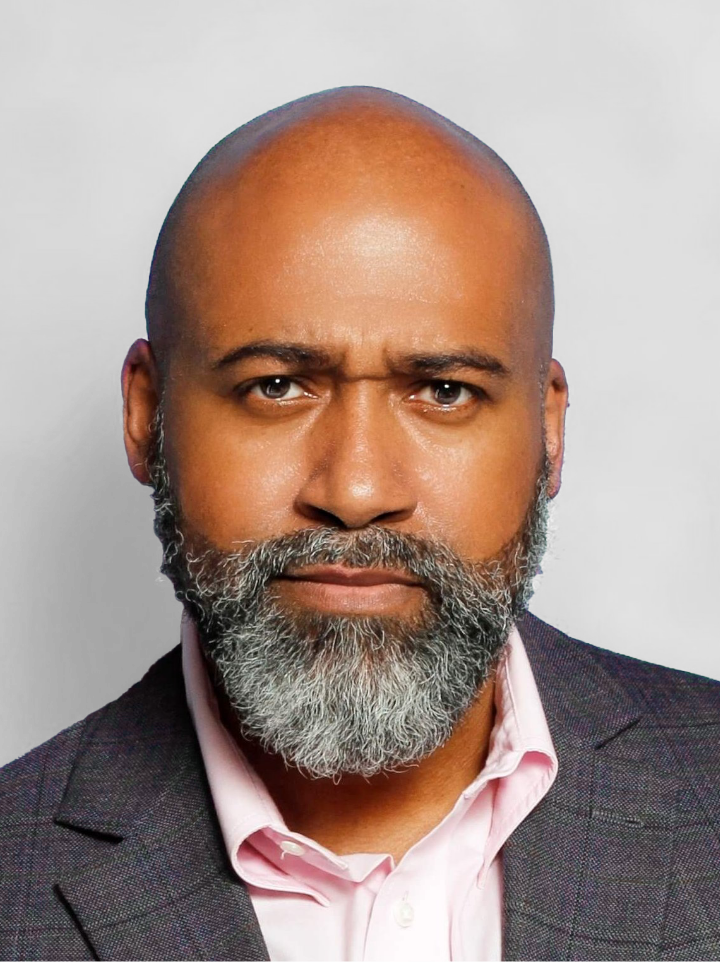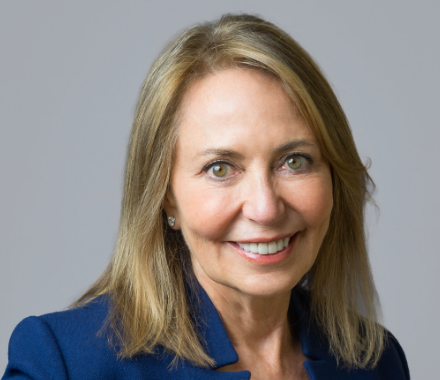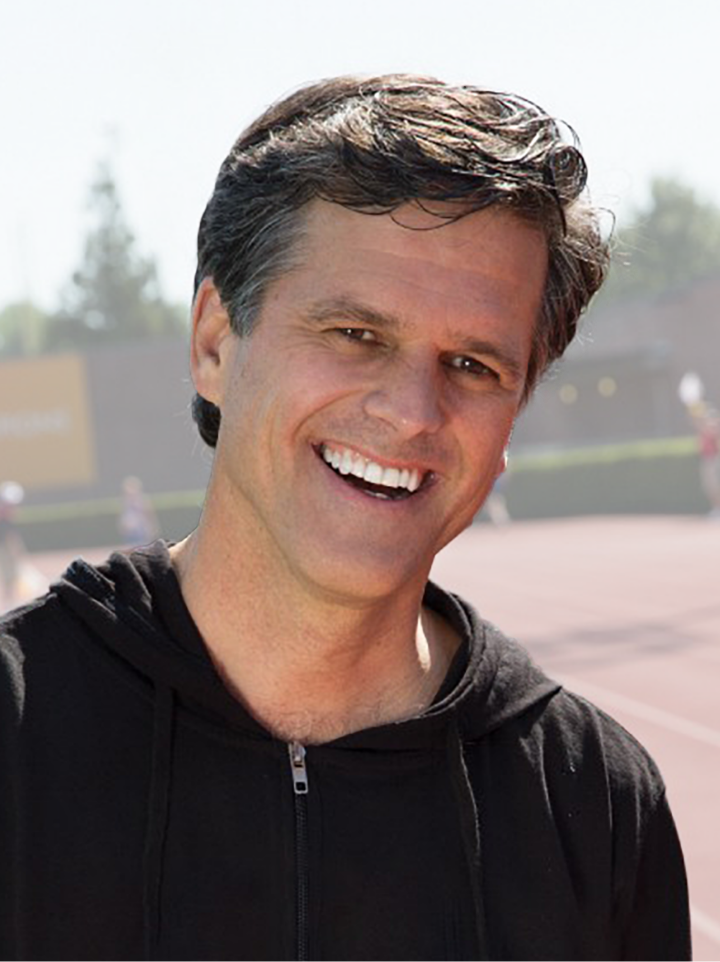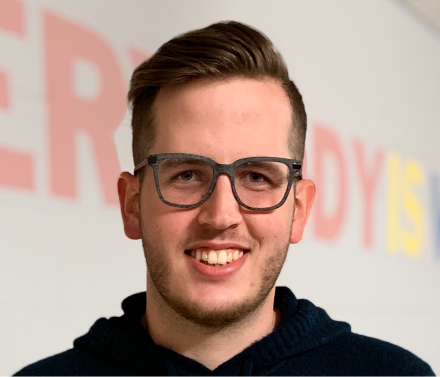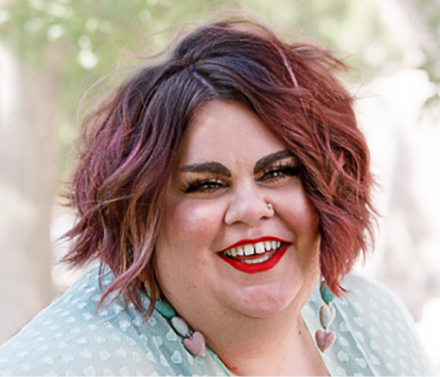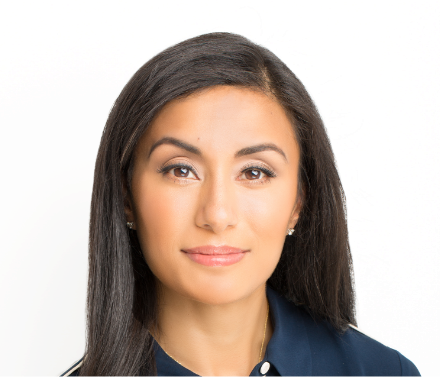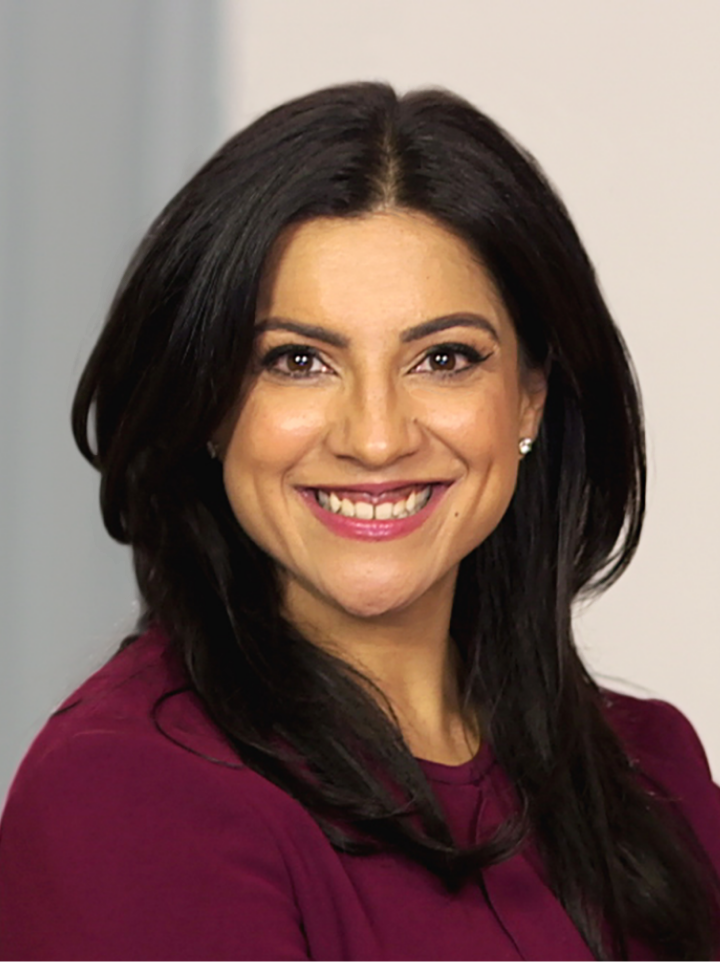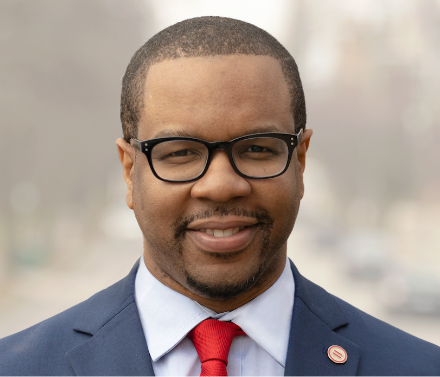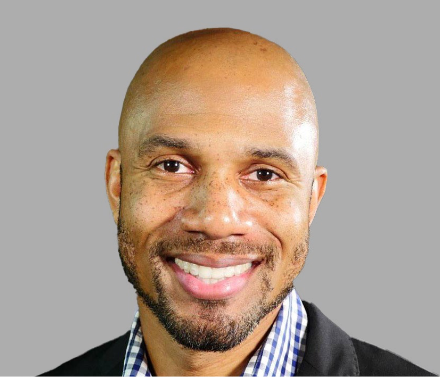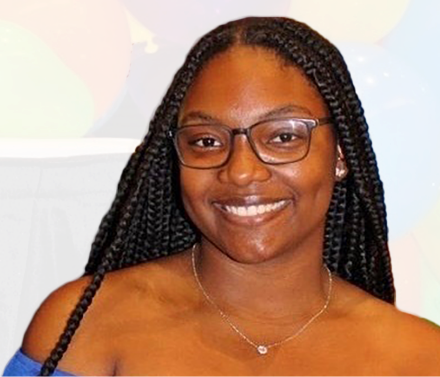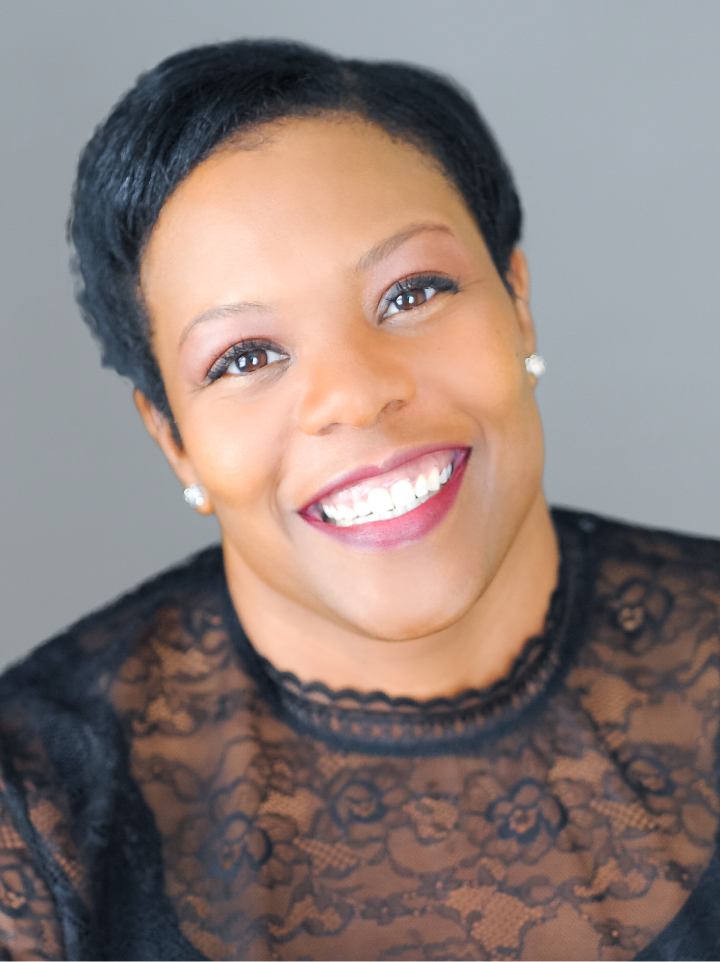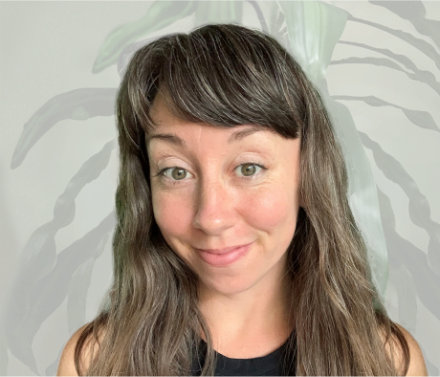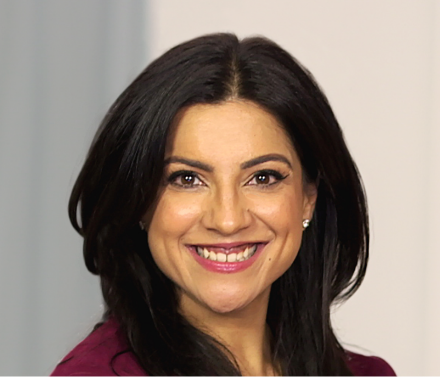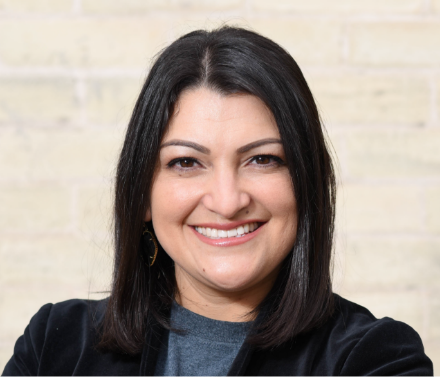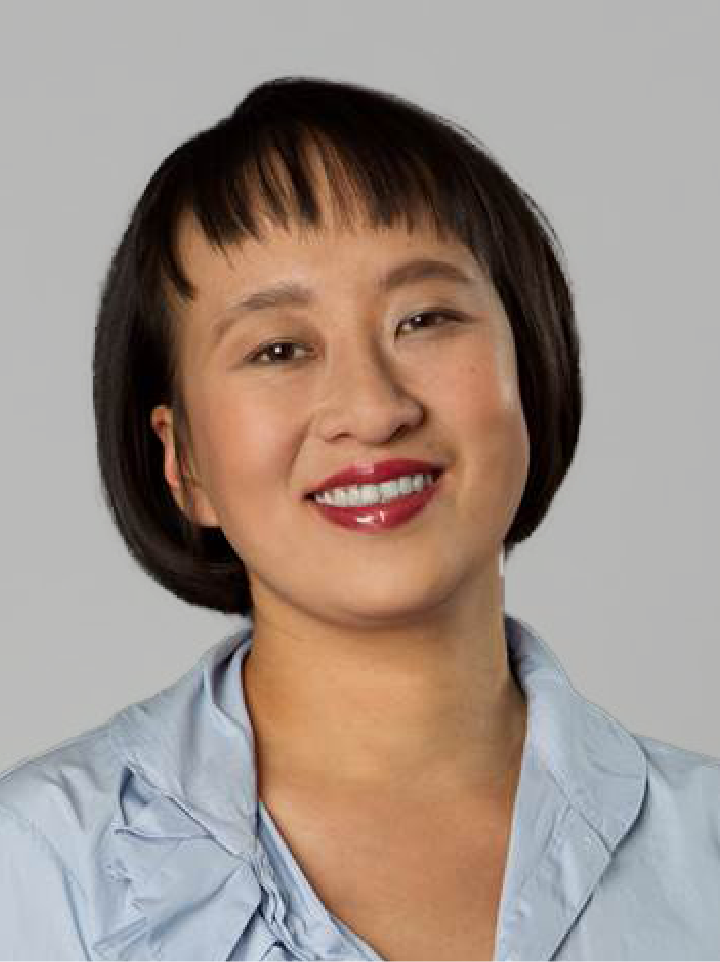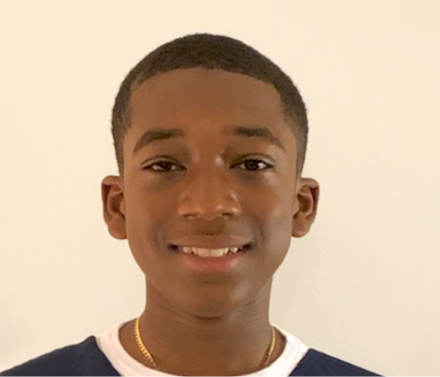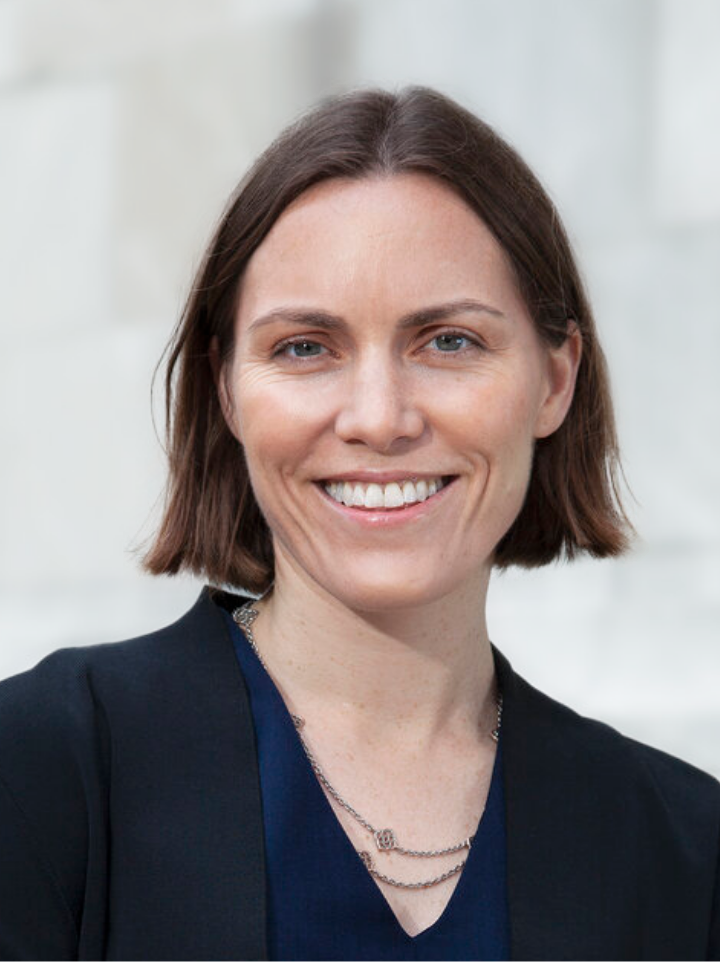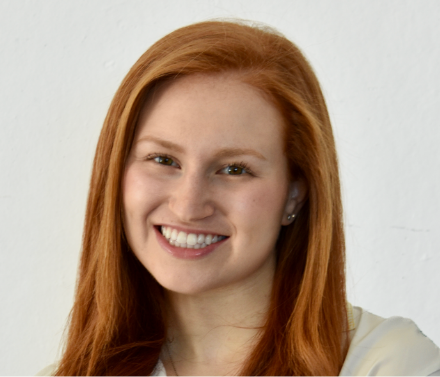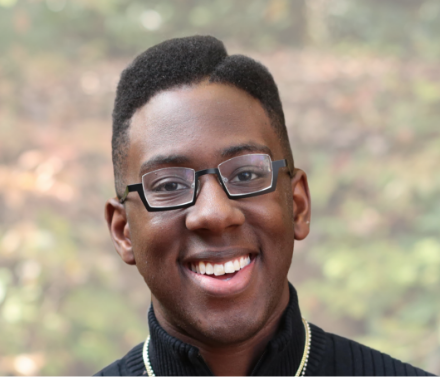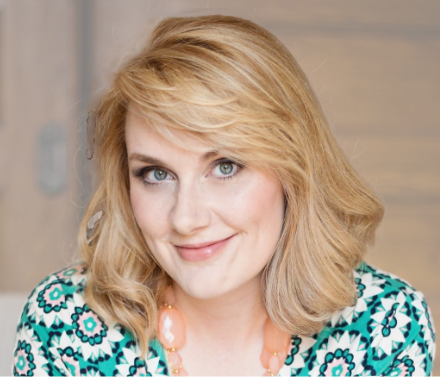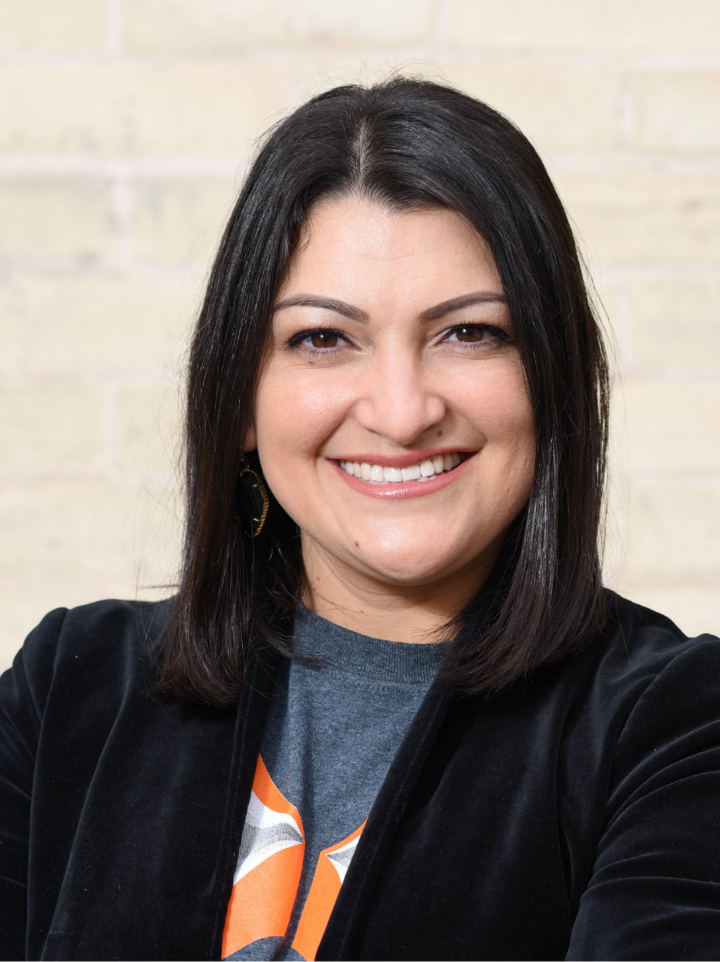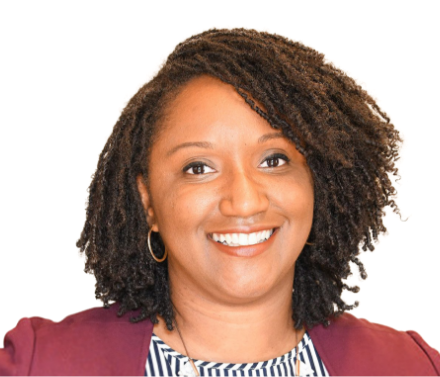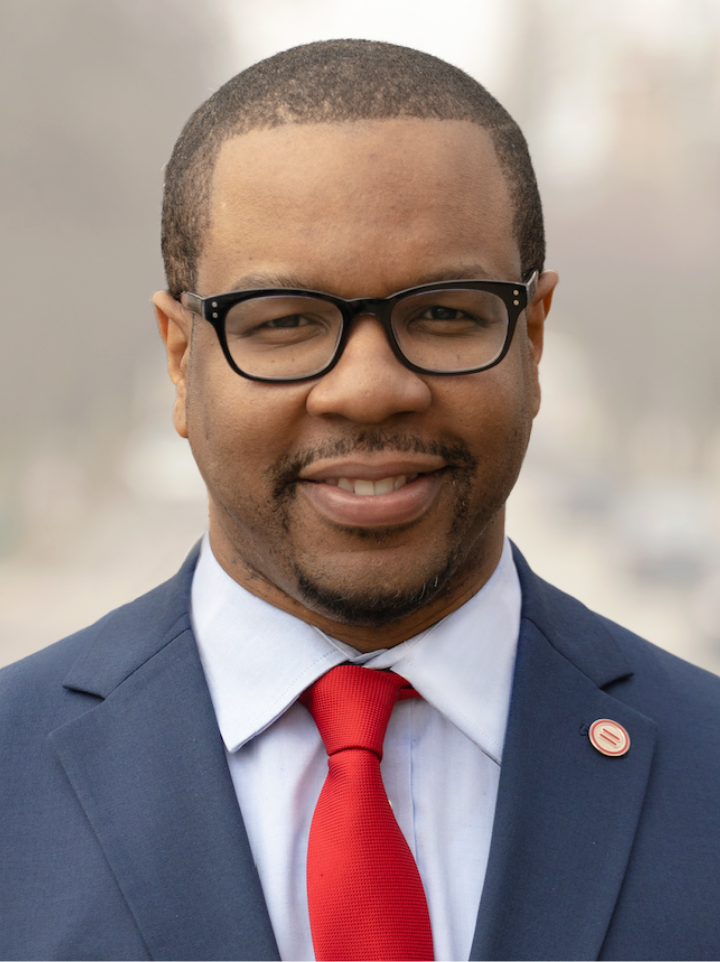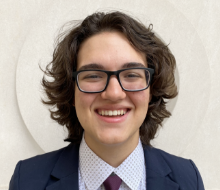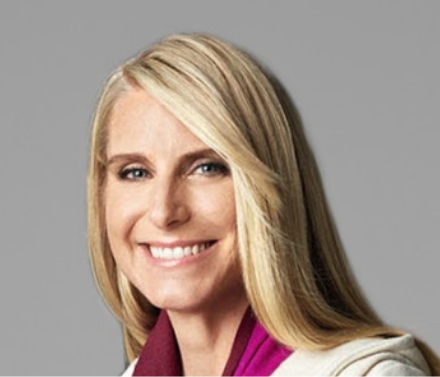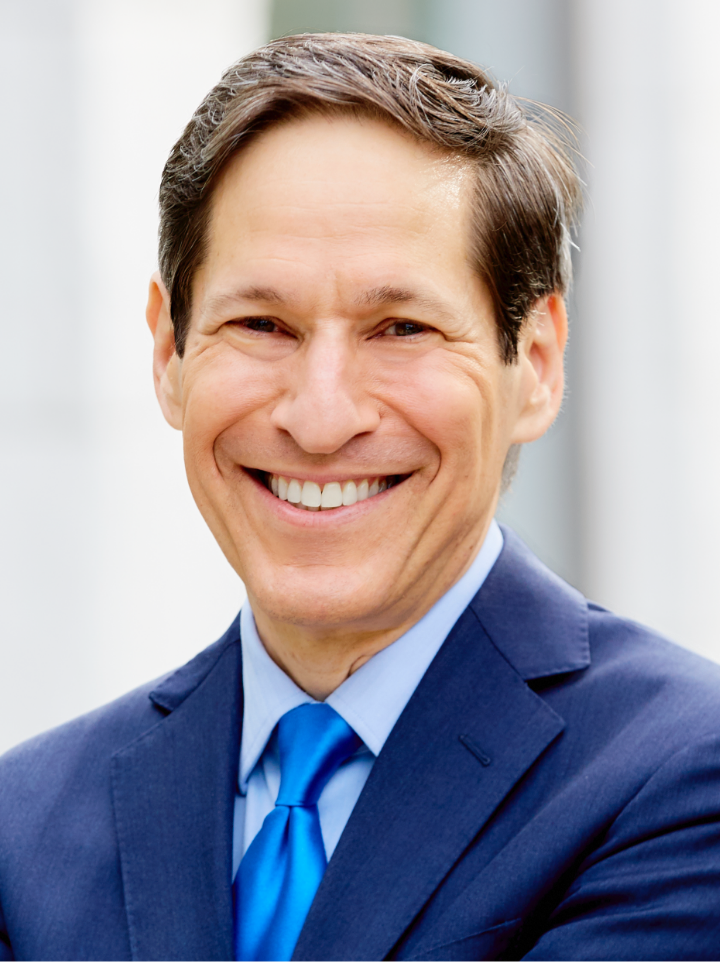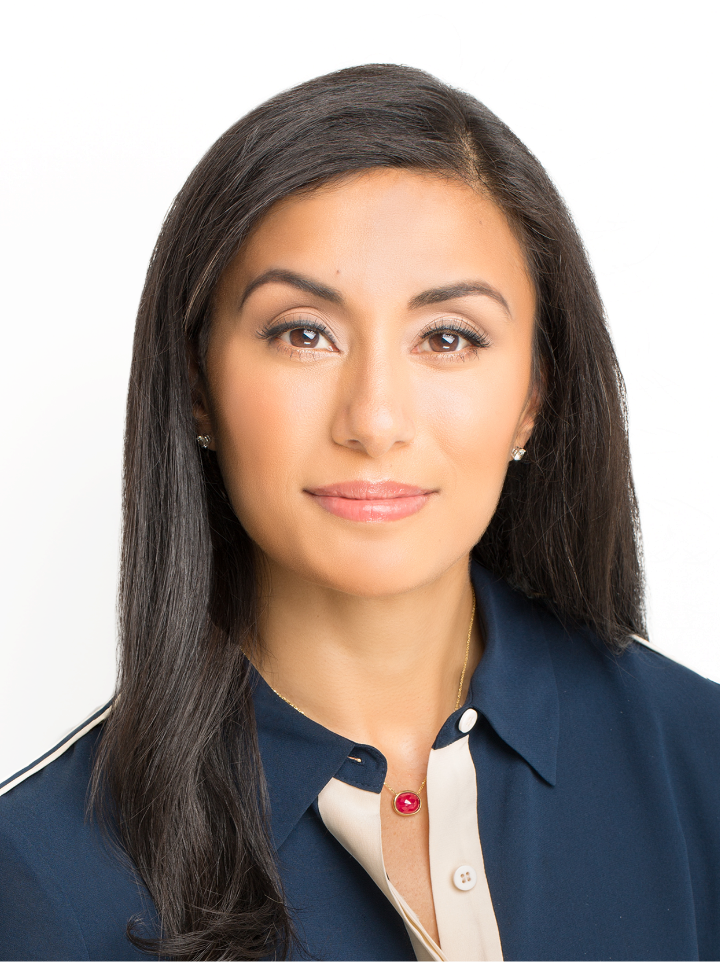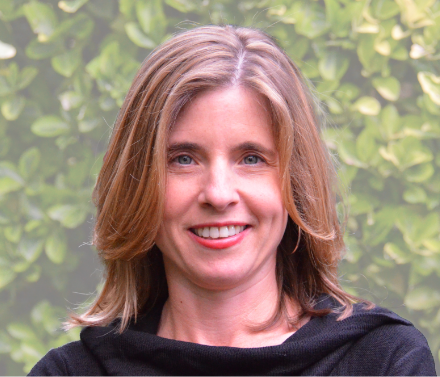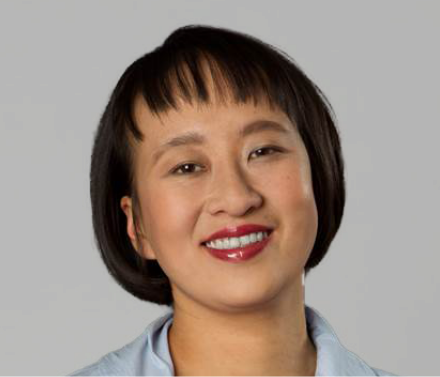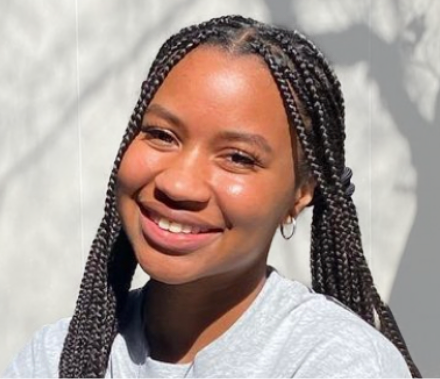What are your hopes as we head into recovery?
“I hope for resilience, and I think that there will be resilience. I hope that we can try to use this to make things better. There were a lot of issues with the educational system, which were surfaced by the pandemic, but were there before. There were a lot of things, even physical infrastructure things, but also things about how we’re doing teaching, and things about the inequality in learning. I am hoping that those lessons will not be lost–that we will use this to be better, rather than worse.
And I really hope we as adults can push past the fear that has pervaded this year to say, ‘It’s okay to have the kids in school.’ That we will not let our own anxiety affect our children’s ability to go back to having their regular lives.”
There were a lot of issues with the educational system, which were surfaced by the pandemic, but were there before. I am hoping that those lessons will not be lost–that we will use this to be better, rather than worse.”
There has been a lot of disparate data collection around COVID and schools. What role does data play in our recovery?
“It would be good for school districts to have centralized information. I think it’s important to start tracking what we are going to be doing to ameliorate learning losses, to encourage the recovery of schools and of learning over the next year. And I think that, no matter how you feel about the particular mitigation stuff around COVID, that’s something I think we can all agree on. If we have that information, we can then start looking back and saying, ‘Okay. Here’s the first round of testing for this year. We’re seeing, hey, one-on-one tutoring is working really well. This other thing is not working so well.’ That’s something we can learn across school districts. We’re not going to be able to do that kind of learning if we don’t have a systemized way to have some information about what districts are doing.”
What are some of your biggest takeaways from the pandemic about schools and schooling?
“I realized when I had my kids home last spring, that some aspects of what the school was delivering was no problem for me to deliver, like learning to read. Some of those learning pieces, particularly for the younger kids I had, I did not have a problem scaffolding. But they were really unhappy with not being around other people. I think a lot of what schools are delivering for everybody is this kind of socio-emotional learning piece of what our kids need, and that has changed some of how I think about what we’re getting out of school, and what they’re getting out of school.”
